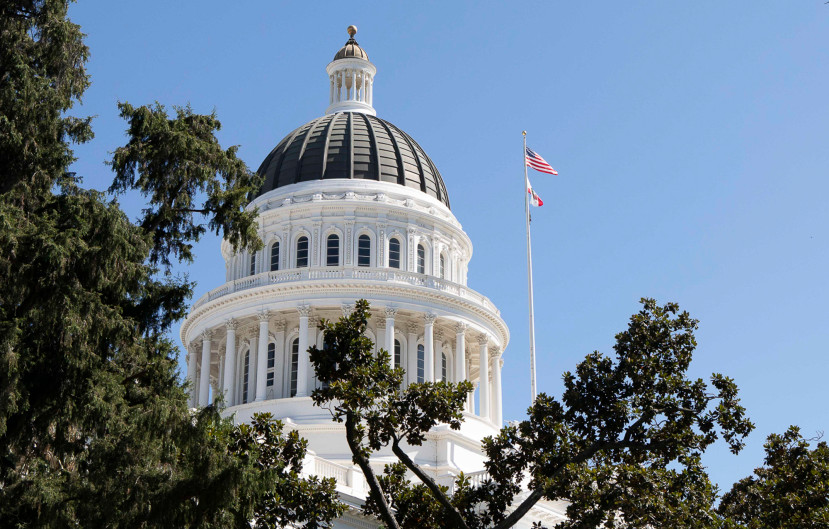The final pages of the 2020-21 budget that Gov. Gavin Newsom proposed this month contain arguably its most important factor — an utter dependence on taxing a relative handful of high-income Californians.
Personal income taxes, the budget projects, will generate $102.8 billion during the fiscal year that will begin on July 1, or slightly over two-thirds of general fund revenues, and 47% will come from the top 1% of California’s taxpayers who file about 15,000 tax returns in a state of 40 million people.
To put it another way, nearly a third of what California spends on K-12 schools, public colleges, prisons, welfare grants and health care is supplied by fewer Californians than it would take to fill a professional basketball arena.
It wasn’t always so. A chart in the budget reveals that 70 years ago, in 1950, personal income taxes accounted for just 11.3% of the state’s general fund revenues, with sales taxes the biggest source at 59.4%. Nine years ago, personal income taxes were scarcely half of the state’s revenue stream.
What happened?
A strong recovery from the Great Recession and a rising stock market, compounded by a voter-approved increase in income tax rates on the most affluent Californians, increased dependence on them.
So what’s the problem with that?
The rich can take care of themselves but being so dependent on so few people is dangerous from a fiscal standpoint, particularly since their incomes largely stem from investment earnings, such as those from the stock market, which can go up and down like an elevator.
It’s called “volatility” and it means that were another recession to hit, California’s budget would be clobbered, with projected revenue drops of about $25 billion a year. The state’s “rainy day fund” would cover only a fraction of that decline.
There’s another aspect to being so dependent on the rich to finance services that mainly serve middle- and low-income Californians. Wealthy taxpayers could — and some already have — simply move to another state and take their income-generating investments with them.
The potential for such an exodus increased a couple of years ago when a Republican-dominated Congress passed, and President Donald Trump signed, a federal tax overhaul that, among other things, capped the deductibility of state and local taxes at $10,000.
It increased the net impact of state and local taxes on high-income taxpayers, thus creating another reason to flee high-taxing states such as California for states that levy low or no income taxes, such as Nevada and Florida.
Not surprisingly, the Democrats who dominate high-taxing states complained loudly about the $10,000 limit, openly fearful that it would entice the wealthy to migrate.
Last month, the House of Representatives, now controlled by Democrats, voted to repeal the $10,000 limit and thus ease the tax burden on the rich — a move dripping with irony, given calls by Democratic presidential hopefuls for taxing them even more.
Prior to the House vote, the nonpartisan Tax Policy Center calculated that one-percenters, households reporting $755,000 or more in income, would see 56% of the benefit from repealing the deduction cap, low-income Americans would get virtually nothing, and only about 3% of middle-income taxpayers would see their tax bills cut.
It’s unlikely that the Republican-dominated Senate would repeal the limit, and it’s not certain it would do so even if Democrats take control this year. It would be seen as a boon to high-taxing states, such as California and New York, at the expense of states that have more modest tax burdens.
By Dan Walters. Originally published by CalMatters.
CalMatters.org is a nonprofit, nonpartisan media venture explaining California policies and politics.





